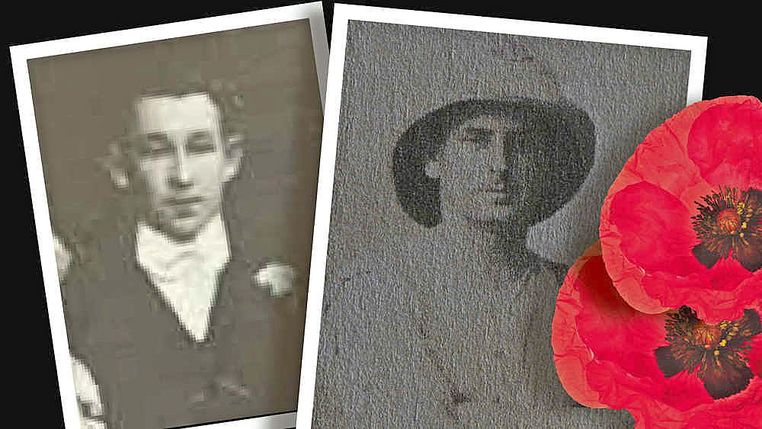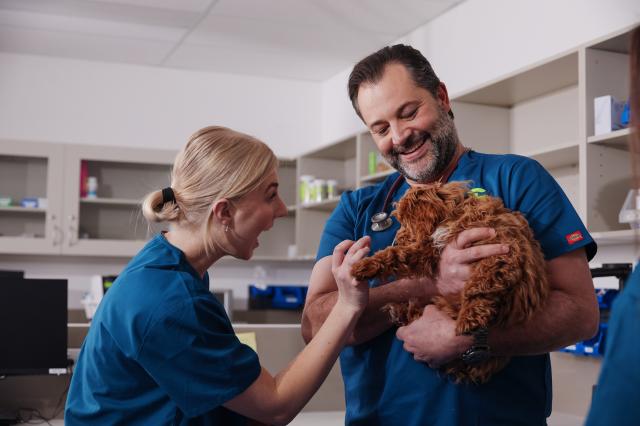Lance Corporal James Leonard Rolls and Private Hedley Roy MacBeth were caught in a hideous storm of high explosives.
The two young men would never see their wives, their children or their friends again.
They simply went missing near the war-ruined village of Bullecourt, northern France. It was 101 years ago.
Two years ago their remains were discovered by two farmers digging in a field.
Since then, their identities have been painstakingly pieced together by Australia’s small and world-leading forensic military unit, Unrecovered War Casualties-Army.
Last week, the men were finally granted a funeral and buried with full military honours.
Neither could have imagined that a Governor-General, Sir Peter Cosgrove – a distinguished soldier himself – would attend the funeral, along with Australian ambassadors to France and the OECD, the Minister for Veterans’ Affairs, Darren Chester, and Labor frontbencher Warren Snowdon.
A gathering of descendants of those lost soldiers, some of whom had supplied the DNA to help identify them, flew to France too.
The funeral was held at the Queant Road Cemetery near the village of Buissy in northern France, where Private MacBeth and Lance Corporal Rolls will be among 2377 other soldiers buried beneath rows of headstones.
Rolls, from Prahran, was aged 24 when last seen by his mates. He had a wife, Emily, and they had a daughter, Laura, aged two.
Joan Connor, a grand-niece of Lance Corporal Rolls, said although the army had concluded he had died at Bullecourt on May 3, 1917, his family never gave up hope.
“James lived on in their hearts and in their stories,” she said. The DNA of her sister, Irene Darby helped identify Rolls.
Robert MacBeth, of Ballan, submitted his DNA to help the army identify his long-missing ancestor. He was among the family members who flew to France for the funeral. “The whole thing has been amazing,” Mr MacBeth said.
Hedley MacBeth, born in Launceston, was 31, and married to Bessie. They had a daughter, Mary, aged 9, and a son, Robert, 5, and the family lived in North Melbourne when the First World War took him away.
Rolls and MacBeth were members of the 24th Battalion of the Australian Imperial Force. On May 3, 1917, the men and their mates were trying to get back to a safe area after taking part in the furious fighting that would become known as the Second Battle of Bullecourt.
Rolls and MacBeth took shelter in a trench on the southern side of a railway embankment, the “jumping off” point for the attack.
Numerous witnesses gave evidence later about what happened next, and their accounts were filed by the Australian Red Cross Society’s Wounded and Missing Enquiry Bureau.
A Private T.J. Handley, declared that MacBeth was with Rolls and another soldier, W.H. Stanton, “when an H.E. [high explosive] shell exploded in the centre of them, killing [Rolls] instantly and MacBeth and Stanton”.
And there, buried in the ruins by the Bullecourt railway embankment, lay the bodies until, almost a century later, two of them were discovered by farmers digging in their field.
– The Age








